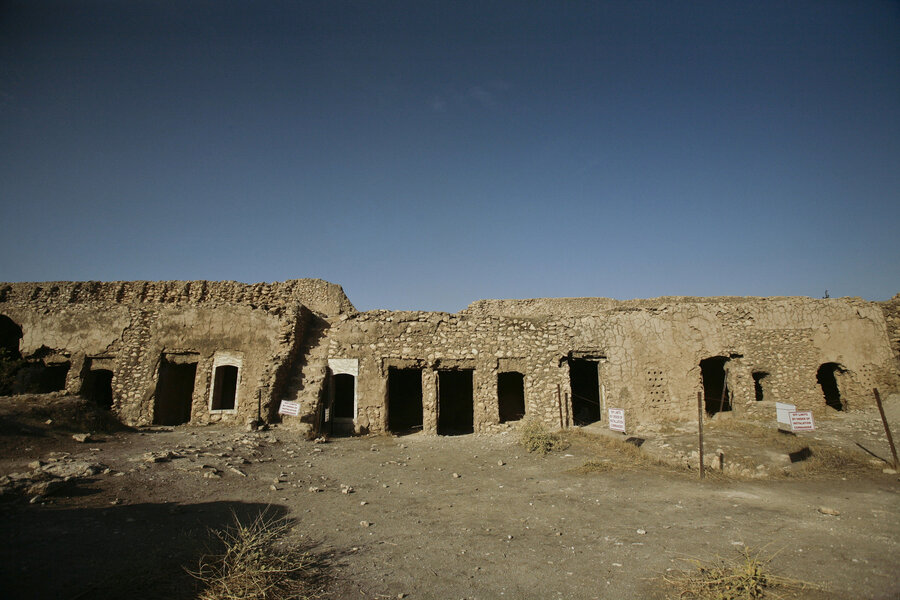Photos show destruction of oldest Christian monastery in Iraq by ISIS
Loading...
St. Elijah’s Monastery, the oldest Christian monastery in Iraq, is no more.
New satellite images obtained by the The Associated Press showed that the 1,400-year-old Christian monastery that stood on a hill near the northern city of Mosul, has completely been destroyed by Islamic State (IS), becoming yet another victim of the group's destruction of religious and historical sites that contradict its interpretation of Islam.
In the past, Islamic State has released videos showing the demolition of ancient sites on social media. However, the destruction of the monastery was unknown until the pictures were taken. An image expert estimates the demolition to have taken place between August and September 2014, two to three months after IS captured Mosul and expelled Christians who remained in the area. High-resolution images obtained this month were compared with earlier images from the same spot, and revealed that the building was missing a roof before it was destroyed.
“Bulldozers, heavy equipment, sledgehammers, possibly explosives turned those stone walls into this field of gray-white dust,” Stephen Wood, imagery analyst at the US-based Allsource Analysis told the AP. “They destroyed it completely.”
The partially restored 27,000-square-foot stone building had 26 distinct rooms, including a sanctuary and chapel that served as a place of worship recently for US troops in Iraq, but fell into IS hands in June 2014, according to the BBC.
Historically, generations of monks lit candles and prayed in the chapel. The Greek letters chi and rho, representing the first two letters of Christ’s name, were carved into the entrance of the monastery.
Islamic State, which controls large parts of Iraq and Syria, has destroyed religious and historical sites that they deem contrary to their interpretation of Islam. St. Elijah’s Monastery joins a list of more than 100 sites that have been demolished by IS, including mosques, churches, tombs, and shrines.
"I can't describe my sadness," Rev. Paul Thabit Habib, who is in exile in Erbil, Iraq, told the AP. "Our Christian history in Mosul is being barbarically leveled. We see it as an attempt to expel us from Iraq, eliminating and finishing our existence in this land."
St. Elijah's Monastery was built by Assyrian monks between 582 and 590 A.D, according to the AP. In 1743, Persian forces attempted to convert the monks to Islam, and massacred 150 of those who refused.
In the 1970s, the monastery became a base for the Iraqi Republican Guard, and in 2003 during the US invasion in Iraq, one of its walls was smashed by a tank turret blown off in battle. The US Army’s 101st Airborne Division took control of the site and began painting over the murals, but a chaplain recognized the significance of the site and initiated a plan to preserve it.
"It was a sacred place. We literally bent down physically to enter, an acquiescence to the reality that there was something greater going on inside," military chaplain Jeffrey Whorton, told the AP.








